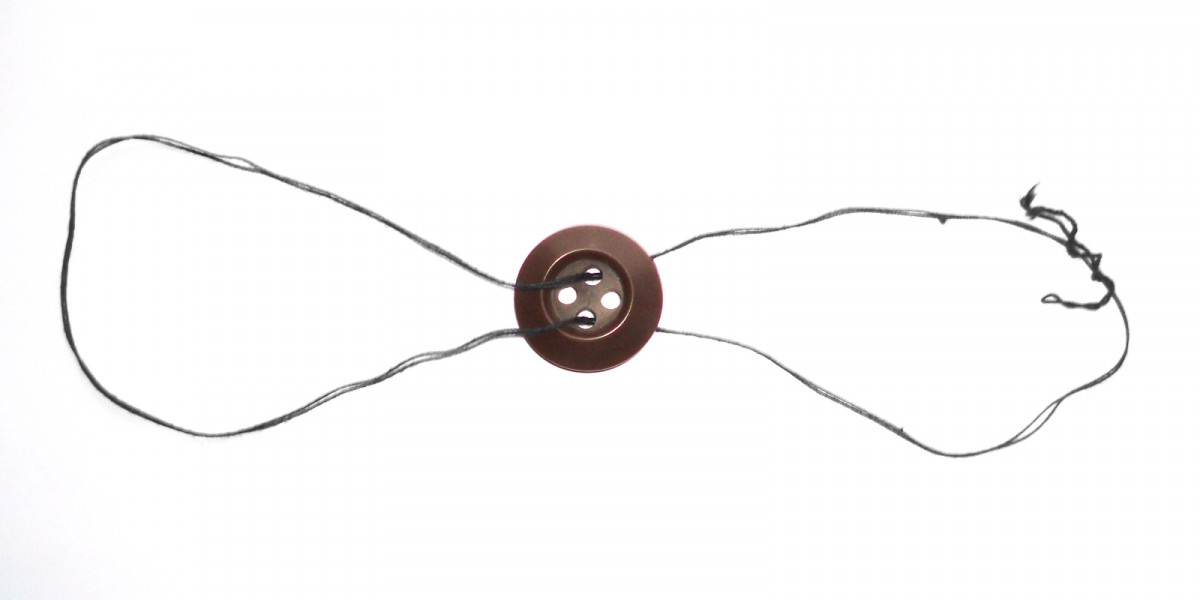
|
We’re lucky enough to be surrounded by so much gee-whiz tech nowadays – from the Mars rover to tortilla Keurigs – that it’s easy to forget that the definition of technology includes some elegantly simple concepts. The lever, the wedge and the pulley have all changed the world far beyond what their uncomplicated structures might indicate possible. We have learned that in simplicity lies a wealth of usefulness – and an amazing new lab tool with world-changing potential is demonstrating this to us yet again.
Stanford bioengineer Manu Prakash, of Foldscope and “frugal science” fame, and his team, have created an incredibly portable, outrageously inexpensive human-powered centrifuge, adapted from a popular and ancient toy design: the whirligig. A whirligig is essentially a paper disk or button, which, when suspended on a looped string that is pulled outward with the hands, spins quickly in the middle. Prakash’s “Paperfuge,” nearly identical in design, can spin hard enough to separate plasma from blood cells in 90 seconds. This allows important diagnostic procedures to be carried out quickly in clinics that may lack the electricity, funds, or infrastructure to obtain and use standard centrifuges. Faster diagnosis means faster help for patients in remote communities. The problem of a frugal centrifuge was longstanding: researchers had already tried adapting a salad spinner and an egg-beater into devices that were still too complicated to be effective and cheap. Then post-doc Saad Bhamla remembered a toy from his childhood that seemed suddenly promising: “They discovered that much of the toy’s power hinges on a phenomenon called supercoiling. When the string coils beyond a certain threshold, it starts to form another coil on top of itself. […] Physical prototypes came next. They tweaked the length of the string and the radius of the disc, and tried a variety of materials, from balsa wood to acrylics. In the end, though, the group settled on the same stuff Prakash used to build his Foldscopes . ‘It’s synthetic paper, the same thing many countries use in their currency,’ Prakash says. ‘It has polymer films on both front and back that make it waterproof, and it’s incredibly strong, as well.’” The Paperfuge removes critical barriers to access to diagnosis of many diseases, including malaria and HIV. In addition to the cool factor of a beloved childhood toy being repurposed for a higher calling, its existence will help prevent many deaths, and increase quality of life for huge segments of the world population. And that, I think, is the truest and best use of any technology. |